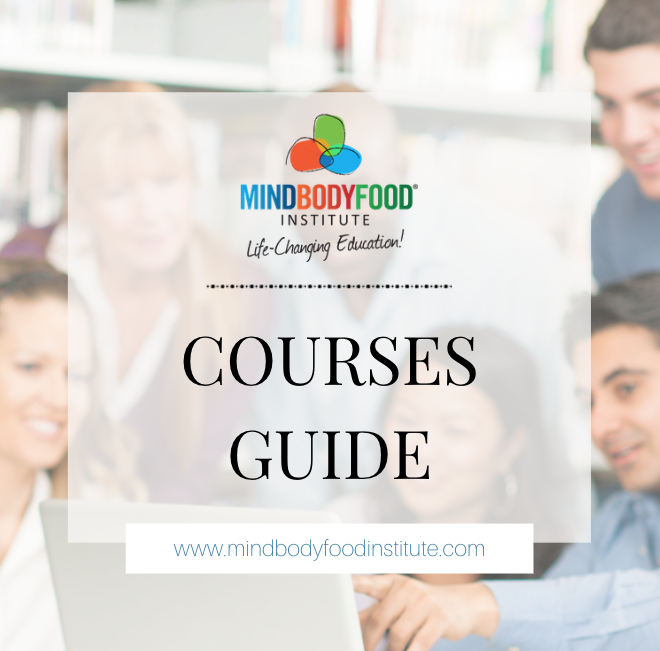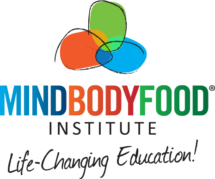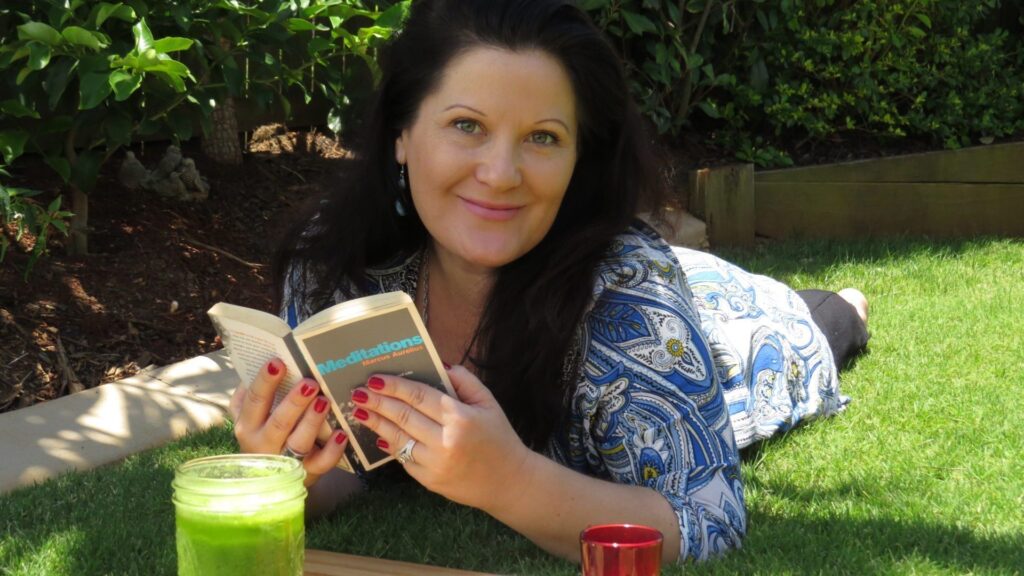My daughter, now ten, was diagnosed with Juvenile Arthritis when she was three years old. Over the past seven years she has shown incredible resilience and has managed her chronic pain, joint injections and endless hospital appointments with humbling strength and determination but it has been a real struggle at times. About a year ago, she experienced a particularly bad and extended period of pain and stiffness. She needed pain relief daily but over-the-counter medication (Ibuprofen) began causing her gastric irritation.
During this time, I found myself asking about her pain daily, constantly checking in on her, asking if she needed pain relief. It was the first thing I asked in the morning and straight after school. I became very conscious of her activity and worried about her movements. At a scheduled hospital visit I found myself at a juncture of needing to decide whether to put her on to very strong medication (with its own long list of side-effects) to help her with pain management, a route that deep down I really did not want to take. But I knew that I needed to alleviate her pain somehow; she could not continue with daily pain relief, gastric irritation and discomfort and potentially longer-term damage.
I told her clinicians that I would go away and think about what to do. It was at this point that I started to read about the power of the placebo and nocebo effect in the MindBodyFood Institute’s life-changing courses.
The Power of the Placebo
Having worked in research for many years, I have always been aware of the placebo effect as seen in clinical drug trials, but have never delved deeper into understanding exactly how the placebo effect works. Why is it some people get better just by taking a sugar pill? To determine whether a new drug is effective, scientists and clinicians set up clinical trials. In their simplest form these trials give one group of patients the actual drug and give the other group of patients a fake treatment, such as a sugar pill or saline injection – the placebo. Patients and clinicians are blinded as to who receives what. If the drug demonstrates that it is significantly more effective than the placebo, then it may get approved for administration. If no difference is seen between the drug and placebo group then the drug will be dismissed as ineffective.
However, what is interesting is that in many clinical trials there is a proportion of people who get better when they are treated with nothing more than a simple sugar pill/saline injection/fake treatment, i.e. with the placebo. What is happening for these people? Are they getting better because they believe they’re getting treatment? Does this mean that their healing response is being triggered by their mind?
These questions were the starting point for Dr Lissa Rankin’s exploration of the scientific proof that you can heal yourself, presented in her book Mind over Medicine, Scientific Proof That You Can Heal Yourself (2020). In her book she collates numerous studies showing evidence of people experiencing symptom relief or clinical improvement when taking fake medication and unpacks what is going on in the placebo effect. What is going on? Put very simply, the body holds within it innate/inbuilt repair systems that either flip on or remain off depending on whether your body is engaging in a relaxed response (a relaxed nervous system) or a stress response (fight or flight) respectively. In terms of a placebo, if you have a positive belief in what the desired outcome is or a positive and optimistic expectation of what the ‘pill or treatment’ can do, if you believe it will help, then your body has the potential to self-repair because you engage a ‘relaxation’ response prompted by your positive belief – the nervous system is relaxed and your body triggers the repair.
From a scientific perspective, the fact that this is measurable, that in cases where there has been a placebo effect, it is not just attitudinal changes that are seen but actual physiological changes that can be measured, demonstrates the amazing power of the placebo. To further emphasise the power of the placebo, increasing evidence shows that even ‘open-label placebos’ (when patients know they are taking a placebo) can be potent and result in marked health changes, providing the patient is given a clear explanation of the brain’s power to influence the body’s responses. (See Robson’s The Expectation Effect, How Your Mindset Can Change Your Life (2022) for a summary of up-to-date research that suggests our expectations shape our experiences).
Interestingly, Dr Lissa Rankin also highlights evidence that shows that the role of the (health) care provider plays an important role in the placebo effect. It is not just about positive belief; you also need the nurturing care of a healthcare provider to facilitate the process of self-repair. It makes a difference if someone is holding that positive belief with you. If someone feels nurtured and cared for, if they have a sense of ‘doing’ something positive, this is as important as the positive belief in the treatment itself.
That WE can be the nurturing support, we can help our children, our loved ones, our clients to reframe their negative or limiting beliefs around pain or ill health. We can be the one that holds the positive beliefs with them. We can make people feel cared for and we can support them in feeling that they are ‘doing’ something to move forward. We can enable them to use techniques to encourage a relaxing of the nervous system, and therefore their journey to self-healing. We can help them uncover their Mind-Body connection.
The Dark Side of the Placebo – the Nocebo Response
Alongside the placebo response however, we also need to consider the nocebo effect – the potential power of a negative belief or negative expectation, the power of toxic thoughts.
That if the mind believes or expects something negative will happen, it may manifest or an existing issue may be prolonged. Evidence from numerous clinical trials shows that while people’s beliefs in the (unknown) sugar pill produce positive healing results, at the same time some people experience noxious side effects that mimic the adverse reactions seen with the real drugs. In other words, because patients believed they would get side effects, they did, even though they were taking a placebo (See Robson (2002) for details of a range of studies).
The nocebo response seems to be especially potent with experiences of pain. When someone is warned of pain in a medical procedure, they report more discomfort than those who are instead reassured that they will be comfortable through the procedure. Moreover, you can observe notable differences in the signalling of the spinal cord and brainstem – changes that would be highly unlikely if the participant was deliberately exaggerating the effects for sympathy (see Robson (2022) for details of studies). Negative expectations of pain can also trigger the release of chemicals that actively increase our discomfort, such as the hormone cholecystokinin (CCK), which boosts the transmission of pain signals (See Robson 2022 for more detail). There is also evidence to suggest that if we fall into a trap of ‘catastrophising’ thoughts around pain i.e. the expectation that worse will follow on from an initial symptom, the severity of the pain will amplify. This produces a kind of self-perpetuating nocebo response which stems from the initial negative expectation (Robson, 2022).
The nocebo effect therefore has implications for how we talk with and support people on their healing journey or in their experiences of pain. Dr Lissa Rankin suggests that healers/healthcare providers need to be positive forces of healing, not sources/forces of fear and pessimism. That we should be optimistic in our delivery of healthcare information and support. This emphasises how important our own language use and attitude is, in whatever carer/supporter/coaching role we are in.
Applying the Placebo to Real Life
It was at this point in my learning of the nocebo effect that I had the realisation with my daughter. That I could perhaps alter the nocebo effect she had perhaps embodied (and that I had created) and instead create a placebo effect which may alter her pain experience. That if I stopped the way I was inadvertently making pain a daily issue for her through constant asking and negative language use; if I could change her mindset to one of positive expectation, to a positive belief that she was stronger and that she could grow out of her arthritis, I might be able to change her experience of pain for the better. Some children grow out of their condition in their teenage years. So I started to change my language and attitude to her arthritis and started saying things like: “You’re getting older now, you’ve been discharged from the eye clinic (there is a risk of eye disease with arthritis and coincidently she had been discharged from the hospital to the community clinic which is routine at age 10), I think you might be starting to grow out of your arthritis. Isn’t that great!” I explained that lots of children do.
At the same time, I stopped asking about her pain and instead just observed, stopped giving pain relief (unless she absolutely needed it), stopped referring to her arthritis and instead said positive things like “Wow you’ve got lots of energy today; you’re running really well; you’re looking taller and stronger!”. Slowly over the coming months, I continued to create a positive belief around her movement, physique and pain. At three months, the transformation was astonishing. In the initial few weeks, she did struggle as presumably her body adjusted, but by three months I had used pain relief only three times compared to daily previously. She was no longer stiff in the mornings and rarely complained of discomfort. Fast forward to six months and still no need for pain relief and she began to get fitter and engage in more activity. She still experienced pain now and then but her perception of it was completely different. It was more an observation of what was going on for her, rather than something that debilitated her. Now one year later, you would never guess she has/had arthritis. No hospital trips, no pain medication and completely normal activity.
As I write this, I still cannot quite believe that a year ago we were contemplating chronic medication and that her pain experience was keeping me up at night with worry and more importantly causing her so much discomfort and preventing her from some childhood activities. It has shown me the incredible effect that the power of belief and positivity can have on our bodies and equally the power of negative beliefs and expectations. And how a simple shift in mindset, belief, thought and language in creating a positive expectation, can have a huge and in this case, a life-changing effect. And this can be applied to so many aspects of life, not just pain relief.
In saying all this, it is not to in any way dismiss the important role that medication can and does play in helping people alleviate pain and discomfort, but rather that we should first examine our minds and beliefs and whether we are optimising the power of positive belief.
Our Mind-Body connection is powerful and can be optimised for healing and symptom management.
Reading:
- Dr Lissa Rankin, Mind over Medicine, Scientific Proof That You Can Heal Yourself. Revised Edition, Hay House, 2020.
- David Robson, The Expectation Effect, How Your Mindset Can Transform Your Life. Canongate, 2022.
Featured image by Denys Nevozhai on Unsplash.
DOWNLOAD OUR COURSES GUIDE
Learn More About Our Course Offerings and Discover Which New Wellbeing Career Best Suits Your Passion!








